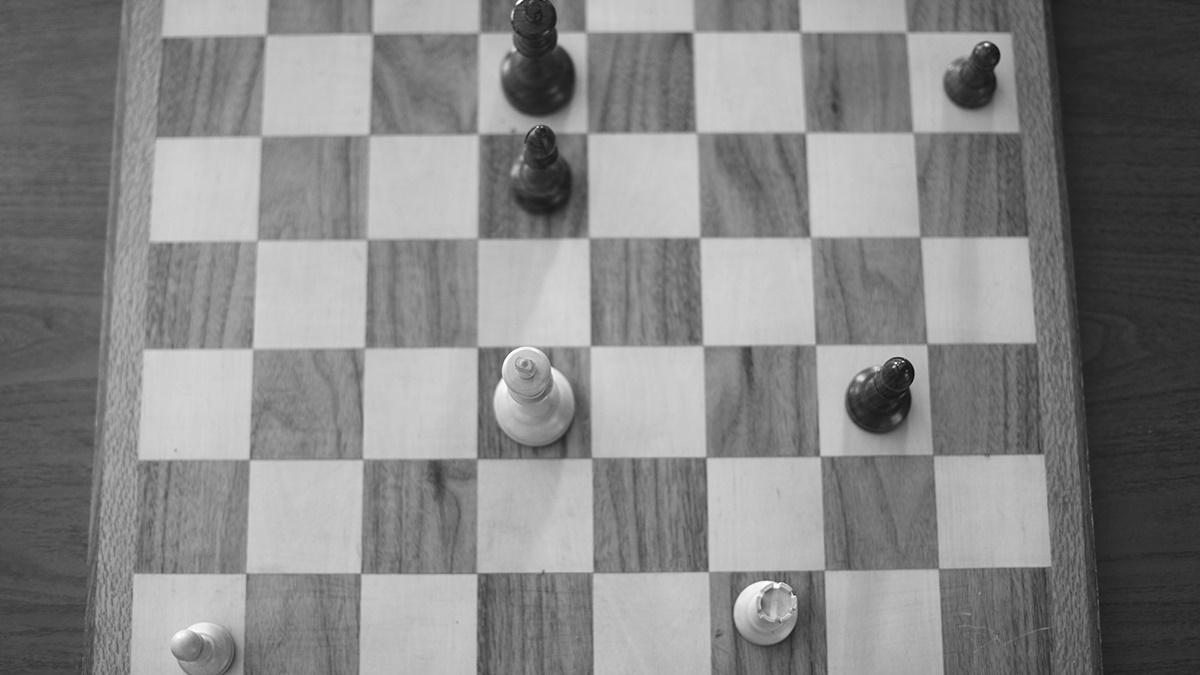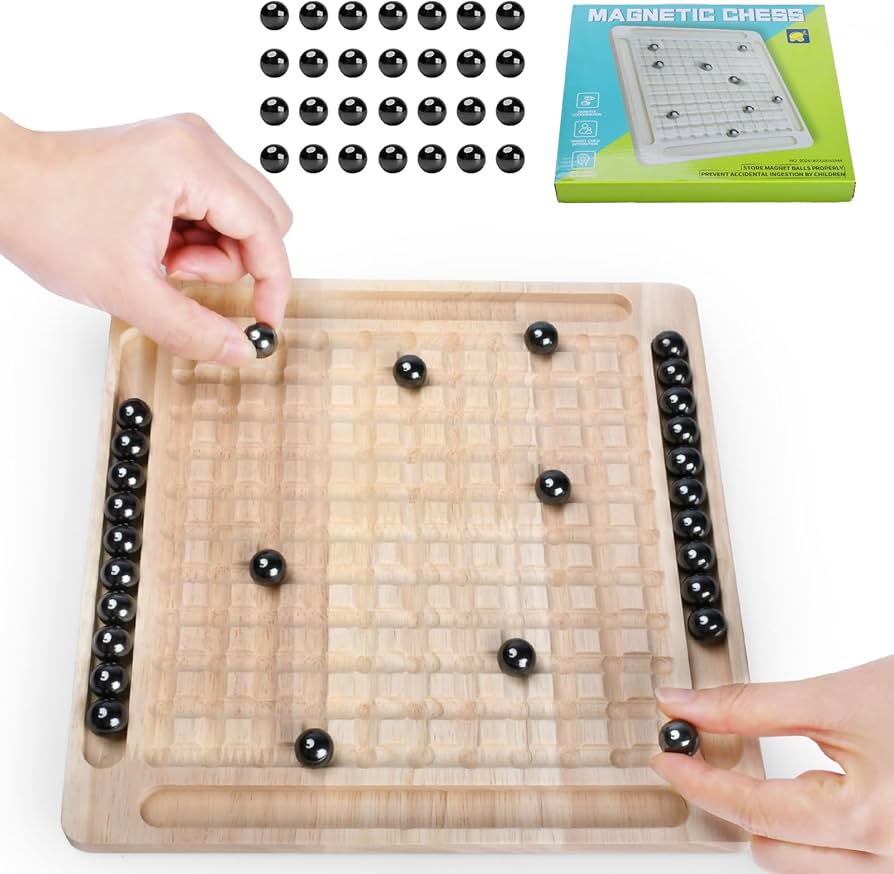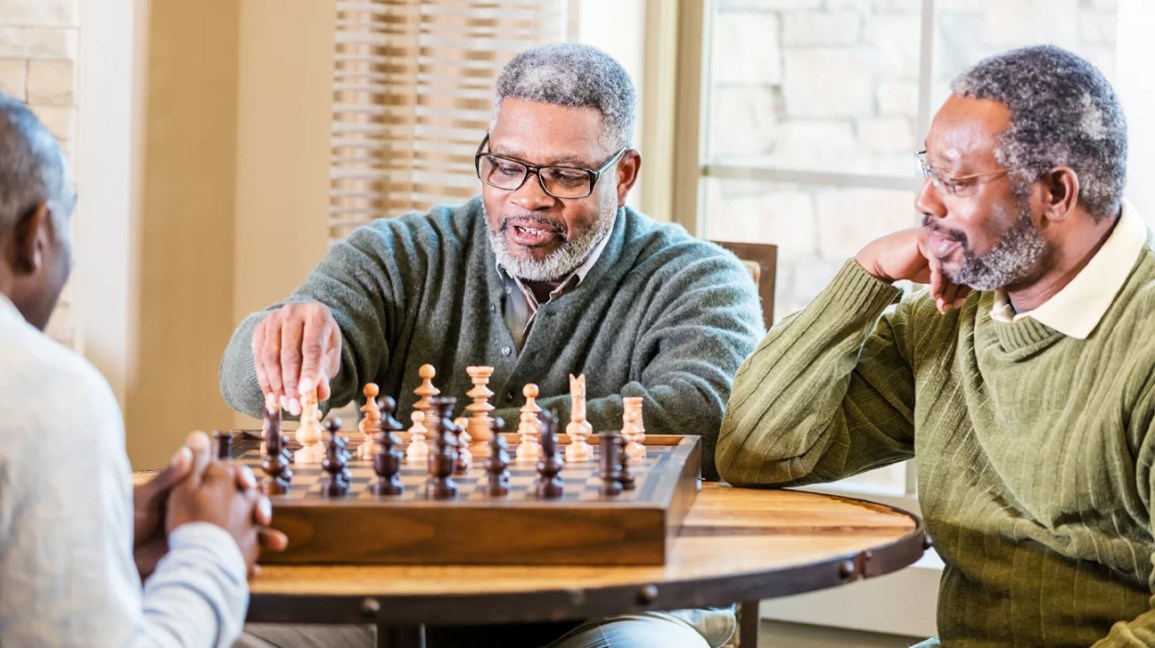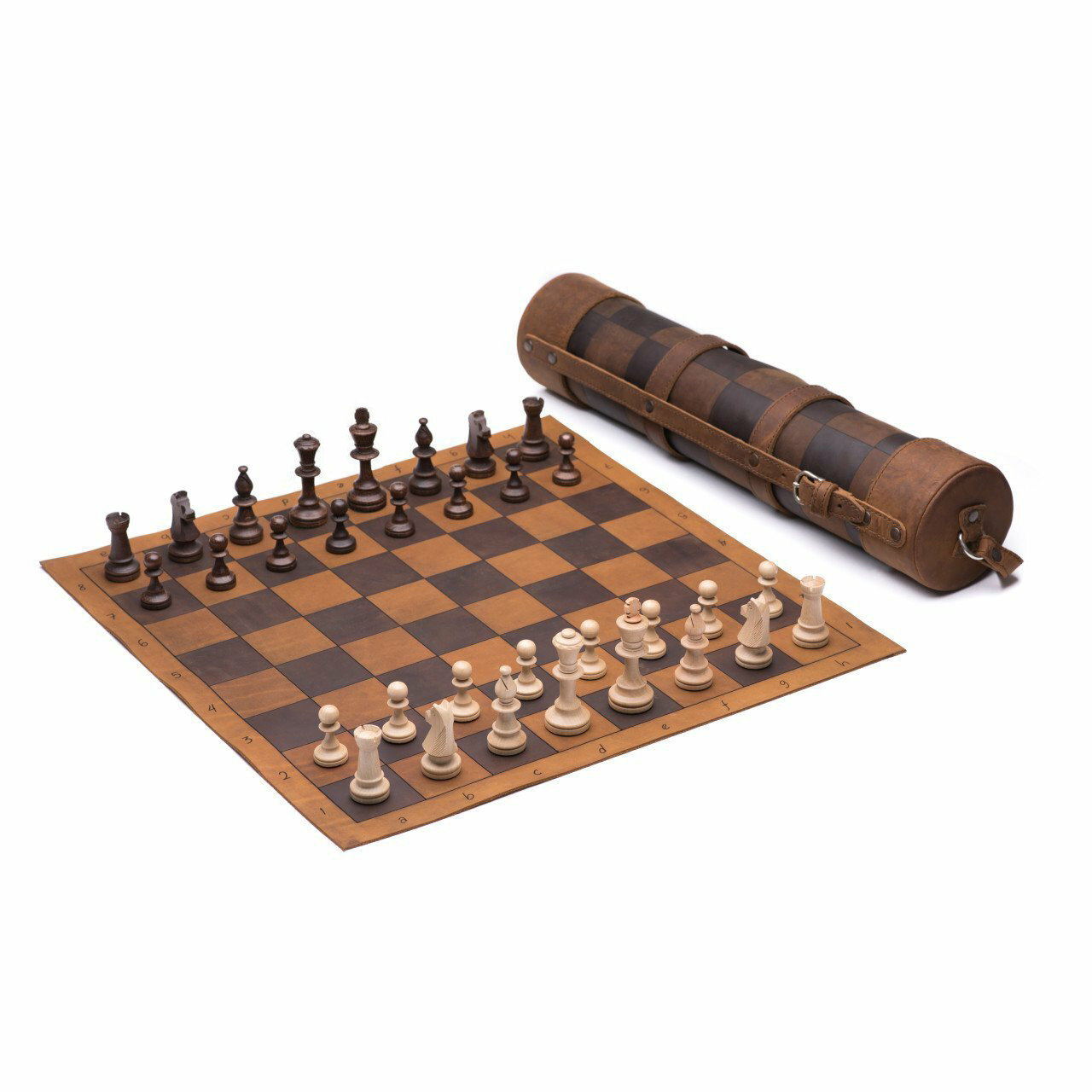Chess is a game of strategy and skill. The endgame is the final phase. Knowing the key principles can help you win. Let’s explore these principles together.
1. King Activity
The king becomes very important in the endgame. It should be active and help your other pieces. An active king can control many squares. It can also support pawns and attack the opponent’s pieces.
In the endgame, the king is not in danger. It can move freely. Use it to your advantage. Move your king towards the center of the board. This will give you more control.
2. Pawn Promotion
Pawns are very important in the endgame. They can become any other piece when they reach the last rank. This is called promotion. Usually, pawns are promoted to queens.
To promote a pawn, you need to protect it. Use your king and other pieces to support your pawns. Try to create a passed pawn. A passed pawn has no enemy pawns in front of it. It can move freely towards promotion.
3. Opposition
Opposition is a key concept in the endgame. It means placing your king directly in front of the opponent’s king. This forces the opponent to move their king away. You can then move your king forward.
Opposition is important for controlling key squares. It can help you advance your pawns or block the opponent’s pawns. Use opposition to gain an advantage.
4. Piece Coordination
Your pieces should work together in the endgame. This is called coordination. Coordinated pieces can control more squares and support each other. They can also create threats and defend against the opponent’s threats.
For example, a rook and a king can work together to control the board. A bishop and a pawn can support each other. Think about how your pieces can help each other.
5. King and Pawn Endgames
King and pawn endgames are very common. Knowing how to play these endgames is important. The main goal is to promote a pawn. Use your king to support the pawn and control key squares.
Sometimes, you may need to sacrifice a pawn to gain an advantage. Think about the position carefully. Make sure your king can reach the promotion square.
6. Rook Endgames
Rook endgames are also very common. Rooks are powerful pieces in the endgame. They can control many squares and attack from a distance. Use your rook to support your pawns and control open files.
In rook endgames, it is important to activate your rook. An active rook can create many threats. It can also help your king and pawns. Try to put your rook behind your passed pawn. This will make it easier to promote the pawn.
7. Avoiding Stalemate
Stalemate is a draw. It happens when the opponent has no legal moves. Avoiding stalemate is important. Make sure the opponent’s king has space to move.
Be careful when you have a big advantage. Don’t let the opponent escape with a draw. Think about each move carefully. Make sure you are not giving a stalemate.
8. Simplifying the Position
Simplifying the position means trading pieces. This can make the endgame easier to play. When you have a material advantage, simplifying can help you win.
Trade pieces when you are ahead. This will reduce the chances of the opponent creating threats. Be careful when simplifying. Make sure you are not losing your advantage.

Credit: www.chess.com
9. Understanding Draws
Sometimes, the best result is a draw. Knowing when to aim for a draw is important. If you are in a difficult position, a draw can save the game.
There are different types of draws. Threefold repetition, fifty-move rule, and insufficient material are some examples. Learn these rules and use them when needed.

Credit: chessfox.com
10. Practicing Endgames
Practice is key to improving your endgame skills. Solve endgame puzzles and study famous endgames. Play endgame positions against friends or online opponents.
Understanding the key principles is important. Practice will help you apply these principles in real games. The more you practice, the better you will become.
| Principle | Explanation |
|---|---|
| King Activity | Move your king towards the center. |
| Pawn Promotion | Support your pawns to promote them. |
| Opposition | Place your king in front of the opponent’s king. |
| Piece Coordination | Make your pieces work together. |
| King and Pawn Endgames | Use your king to support your pawn. |
| Rook Endgames | Activate your rook and control open files. |
| Avoiding Stalemate | Make sure the opponent’s king can move. |
| Simplifying the Position | Trade pieces when you have an advantage. |
| Understanding Draws | Learn the rules of different types of draws. |
| Practicing Endgames | Solve puzzles and study famous endgames. |
Conclusion
The endgame is a crucial part of chess. Knowing the key principles can help you win more games. Remember to keep your king active. Support your pawns for promotion. Use opposition to control key squares. Coordinate your pieces and simplify the position when needed. Avoid stalemate and understand the rules of draws. Practice regularly to improve your skills.
With these principles in mind, you can become a better chess player. Good luck with your games!







